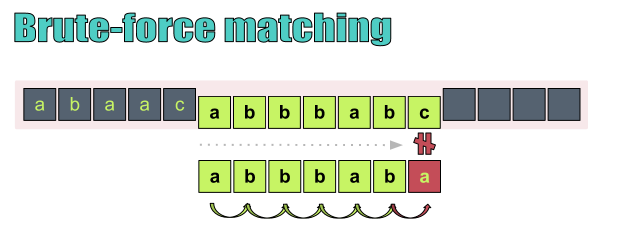Introduction
Have you ever asked yourself which is the algorithm used to find a word after clicking Ctrl+F and typing something? Well I guess you know the answer from the title, but in this article you’ll find out how exactly this is done.
As we saw from the Morris-Pratt string searching we don’t need to compare the text and the pattern character by character. Some comparisons can be skipped in order to improve the performance of the string searching. Indeed the brute force string searching and the Rabin-Karp algorithm are quite slow only because they compare the pattern and the text character by character.
In the other hand the Morris-Pratt algorithm is a very good improvement of the brute force string searching, but the question remains. Is there any algorithm that is faster than Morris-Pratt – is there any way to skip more comparisons and to move the pattern faster.
It’s clear that if we have to find whether a single character is contained into a text we need at least “n” steps, where n is the length of the text. Once we have to find whether a pattern with the length of “m” is contained into a text with length of “n” the case is getting a little more complex.
However the answer is that there is such algorithm that is faster and more suitable than Morris-Pratt. This is the Boyer-Moore string searching.
Overview
Boyer-Moore is an algorithm that improves the performance of pattern searching into a text by considering some observations. It is defined in 1977 by Robert S. Boyer and J Strother Moore and it consist of some specific features.
First of all this algorithm starts comparing the pattern from the leftmost part of text and moves it to the right, as on the picture below.



